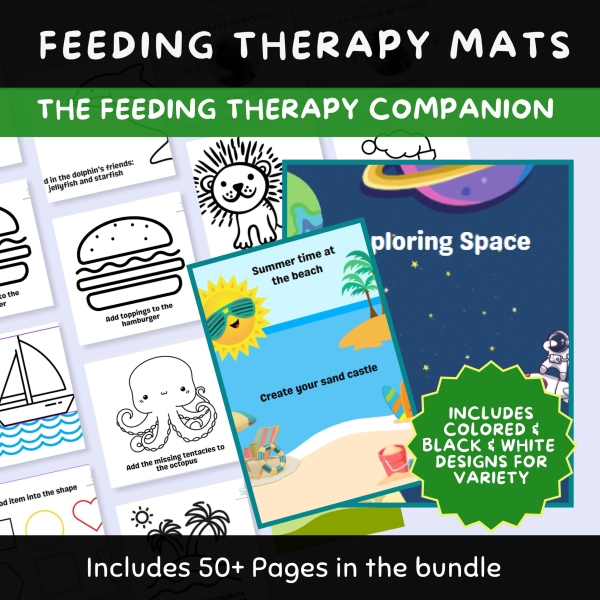Ever wondered why your baby seems more interested in playing with their food than actually eating it? Or why they make such funny faces when trying new foods? From the smooth purees of the early months to the delightful finger foods of toddlerhood – it’s an exciting journey that shapes your little one’s food preferences and eating habits! In this blog, we’re here to guide parents through each stage of food texture introduction, exploring why they’re important when to introduce them, and how to make mealtime an exciting activity for both you and your little one!
Understanding the Importance of Textural Transition
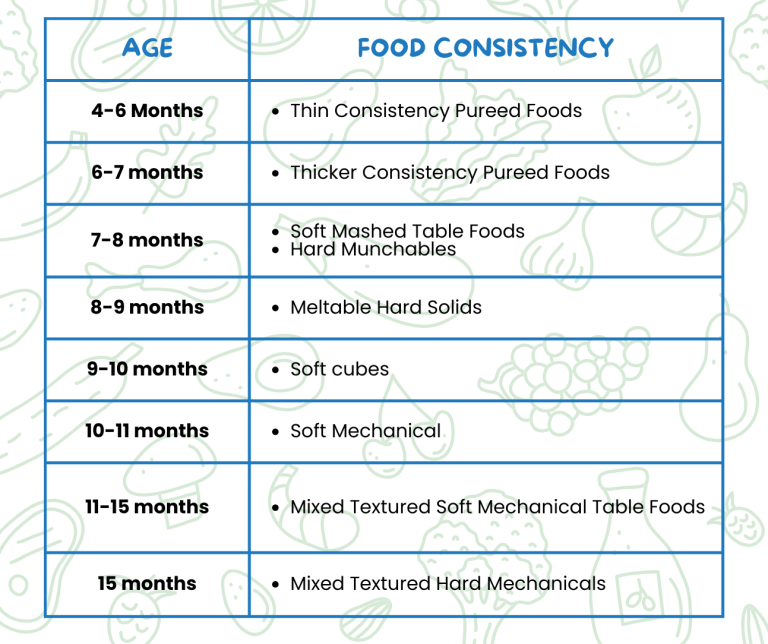
1. Thin Consistency Pureed Foods (4-6 months)
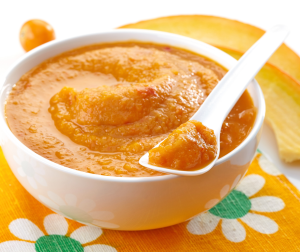
Examples of Suitable Foods:
- Single-ingredient purees such as applesauce, mashed bananas, pear puree, and mashed avocado are great options.
- Single-ingredient vegetable purees such as pureed carrots, mashed sweet potatoes or butternut squash are fantastic options as well.
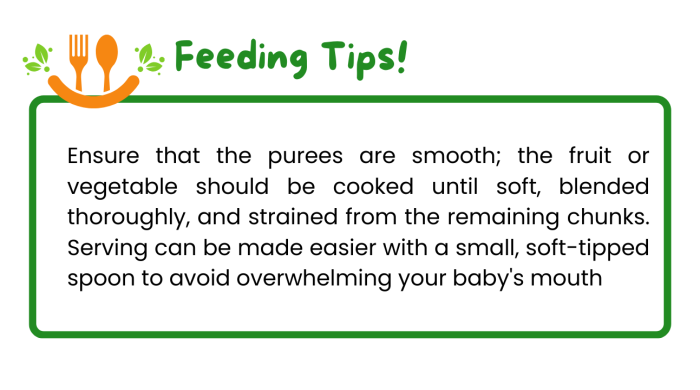
2. Thicker Consistency Pureed Foods (6-7 months)
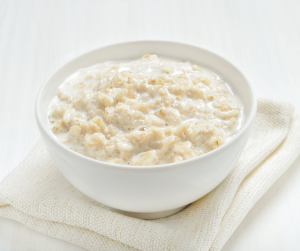
Examples of Suitable Foods:
- Pureed tofu
- Pureed meat (chicken, pork, beef)
- Pureed or strained fruits (banana, pears, applesauce, peaches, avocado).
- Pureed or strained vegetables (well-cooked carrots, squash, sweet potato) can also be given.
- Thickened oatmeal or rice cereal with added fruit puree
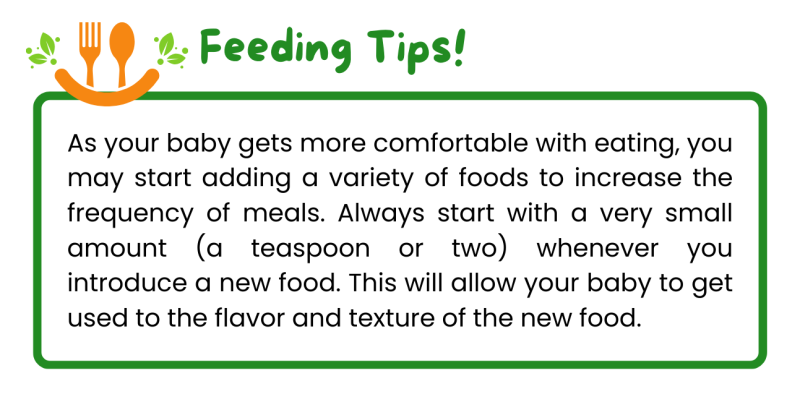
3. Soft Mashed Table Foods (7-8 months)
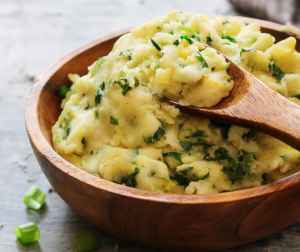
Examples of Suitable Foods:
- Mashed ripe fruits like avocado or peaches
- Mashed vegetables such as carrots, sweet potatoes, peas, and squash
- Soft-cooked and mashed meats such as chicken, turkey, and beef
- Soft-cooked and mashed eggs
- Mashed potatoes or sweet potatoes
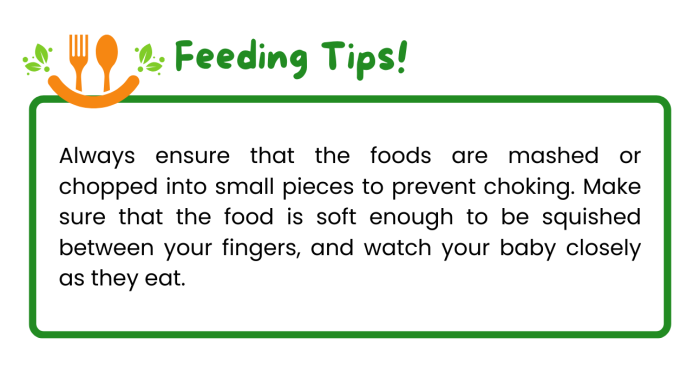
4. Hard Munchables (7-8 months)
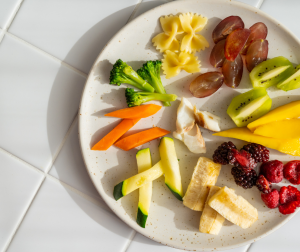
Examples of Suitable Foods:
- Well-cooked pasta
- Soft-cooked peas
- Soft-cooked carrot sticks or rounds
- Soft cooked apple slices (peeled and cooked until tender)
- Cooked and cooled whole grains like barley, farro, or brown rice (small soft pieces)
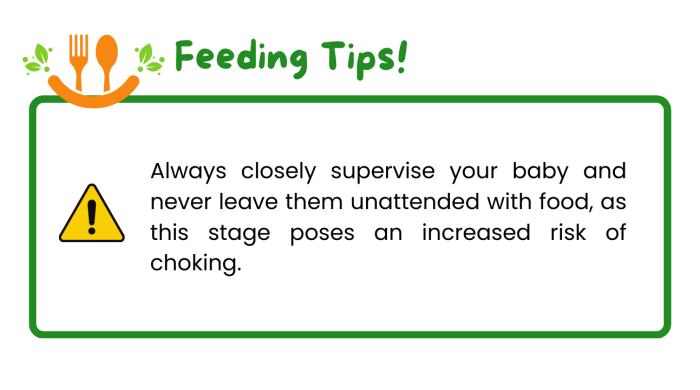
5. Meltable Hard Solids (8-9 months)
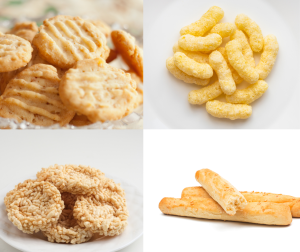
Examples of Suitable foods:
- Teething biscuits
- Puffed cereals
- Baby rice crackers
- Toasted bread or breadsticks
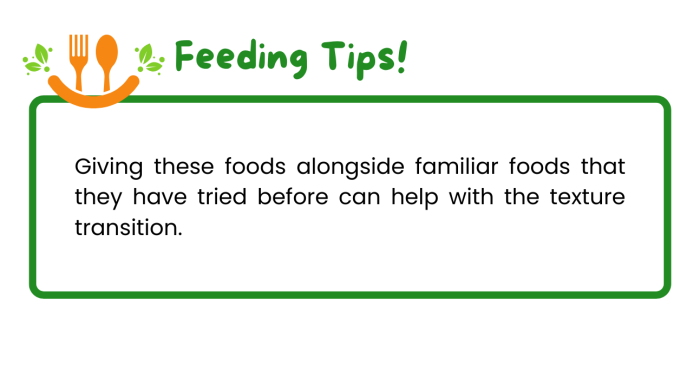
6. Soft Cubes (9-10 months)
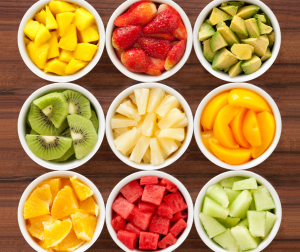
Examples of Foods:
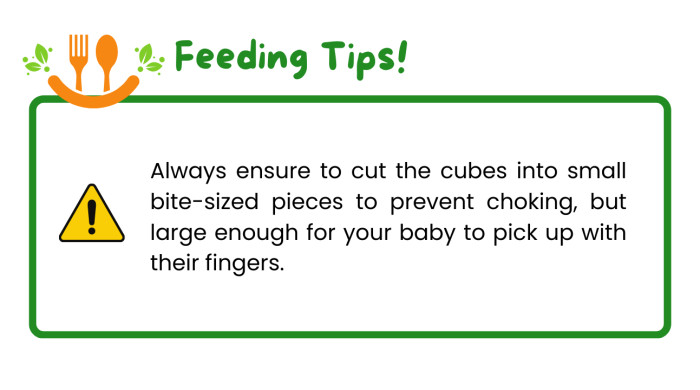
7. Soft Mechanical (10-11 months)
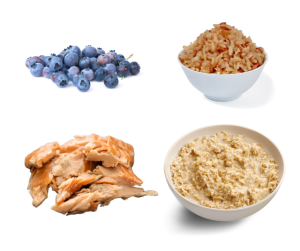
Examples of Suitable Foods:
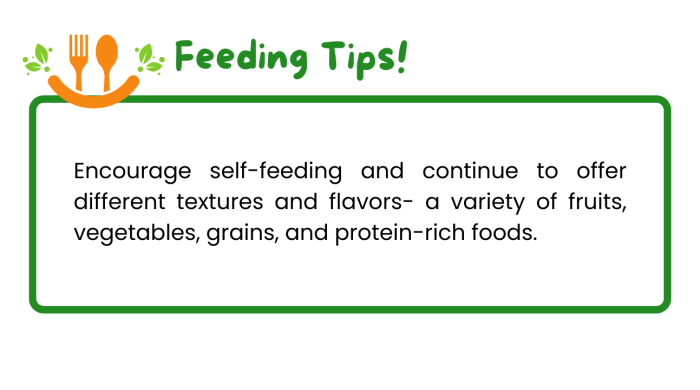
8. Mixed Textured Soft Mechanical Table Foods (11-15 months)
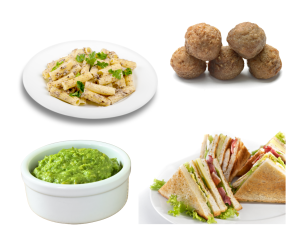
Examples of Suitable Foods:
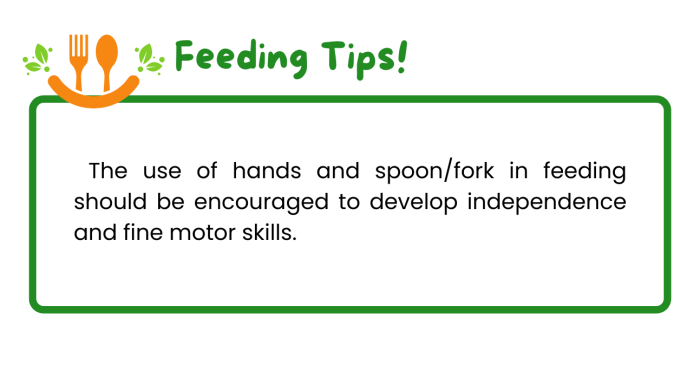
9. Mixed Textured Hard Mechanicals
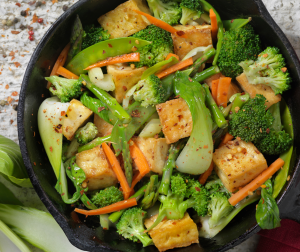
Examples of Suitable Foods:
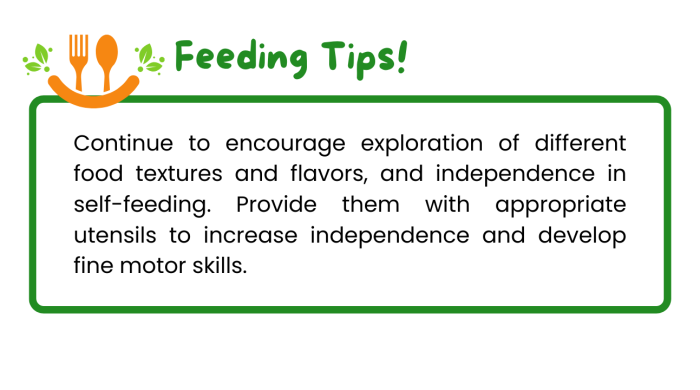
As we reach the end of this blog, we’ve learned that mealtime is so much more than just nutrition and nourishment; it’s also about developing important skills such as independence, oral motor skills, and fine motor skills that will help them as they grow. It is also important to consult your pediatrician regularly to tailor your feeding journey to your child’s needs. Remember, every baby develops and grows at their own pace. So as your little one grows, there will be plenty more tasty adventures to come. And don’t forget to enjoy mealtime with your little one!
Transform Mealtimes into Adventures with Feeding Mats!
